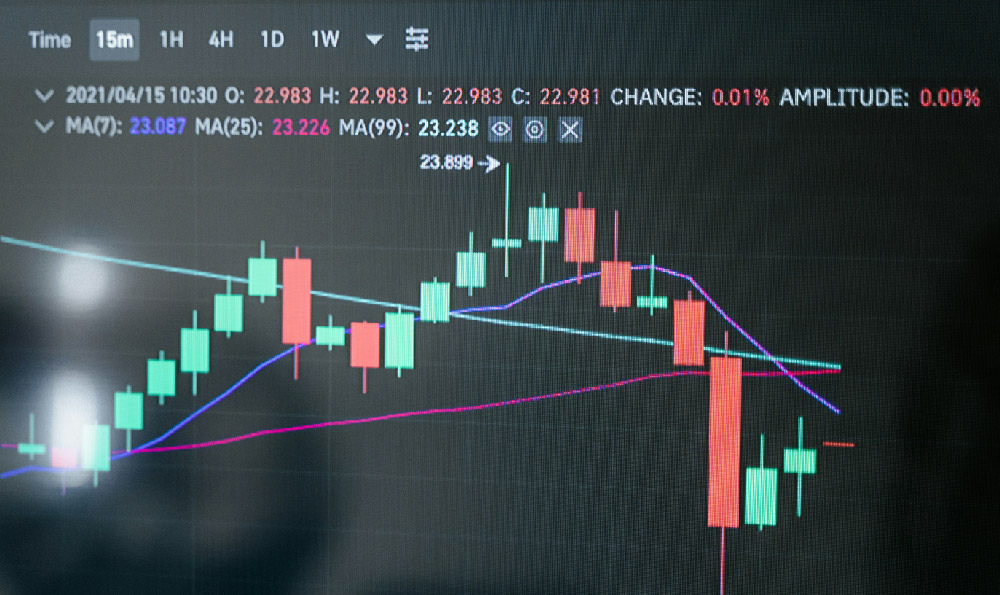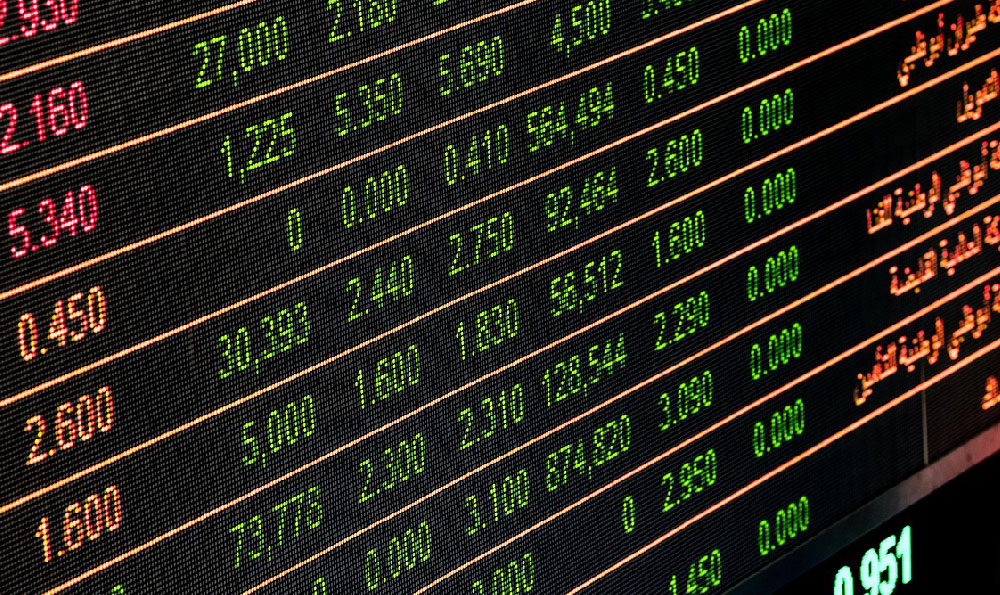Graphic Designers' Income: A Comprehensive Insight into Earnings and Financial Opportunities
The world of graphic design is as dynamic as it is competitive, offering a unique blend of creativity and technical skill. However, one of the most common questions among aspiring and established designers alike is: How much can graphic designers earn? This query isn't just about understanding salary figures or hourly rates—it's a gateway to grasping the broader financial landscape of a career in design. While income varies widely based on individual expertise, geographic location, and market demands, there are patterns and insights that can guide designers in optimizing their earnings and managing their financial growth.
Determining the earning potential of a graphic designer involves looking beyond traditional employment structures. In many regions, designers fall into two primary categories: those working in-house for companies and those operating as freelancers or consultants. The former typically offers more stability but may come with limited upside, while the latter provides higher income potential for those who can build a strong reputation and client base. According to recent surveys, the average annual salary for a full-time graphic designer in the United States ranges between $50,000 and $70,000, but this number can fluctuate significantly. Freelancers, on the other hand, might earn anywhere from $60,000 to $150,000 annually depending on the scope of their projects, the complexity of their work, and the industries they serve.

One of the key factors influencing earnings is the designer's level of experience. Entry-level professionals often start with lower compensation, particularly if they are transitioning from academia or apprenticeship programs. However, as designers accumulate years of practice, refine their skill sets, and diversify their portfolio, their income potential expands. For instance, a designer with a decade of experience in branding and marketing might command higher rates than someone just starting out, simply because their expertise aligns with high-demand sectors. Additionally, the ability to navigate emerging technologies, such as AI-driven design tools or immersive 3D modeling, can further differentiate skilled designers in a crowded marketplace.
Geographic location plays another critical role in shaping a designer's income. Cities with thriving creative industries, such as New York, London, and San Francisco, tend to offer higher salaries due to the concentration of clients, agencies, and technology firms. In contrast, designers in developing regions or remote areas may face lower pay scales but could find opportunities in niche markets or online platforms. The rise of remote work has also introduced new possibilities, allowing designers to access global clients and potentially negotiate rates that reflect their value rather than local labor costs. However, this trend requires a strong network and credibility, which can be built over time through consistent quality and client testimonials.
Beyond salary and freelance rates, the financial trajectory of a graphic designer often depends on their ability to manage their income effectively. Many designers overlook the importance of budgeting and financial planning, which can lead to burnout or overreliance on a single source of income. For example, a designer who underestimates the costs of software subscriptions, equipment upgrades, or marketing for their business might find themselves struggling to sustain their practice. Conversely, those who allocate a portion of their earnings to investment vehicles—whether traditional or alternative—can create passive income streams that complement their design work.
Investing in financial instruments such as stocks, bonds, or even virtual currencies could be an option for designers looking to grow their wealth over time. However, the decision to invest requires careful consideration of risk tolerance, market knowledge, and long-term goals. A well-managed investment strategy might allow designers to diversify their income sources, though it's essential to avoid overcommitting to high-risk assets. For instance, a designer with a stable income might allocate 10-20% towards low-risk investments like index funds, while those with higher risk appetite could explore crypto options, provided they conduct extensive research and set clear boundaries.
The financial health of a designer is also tied to their professional development. Continuous learning and adaptation are crucial in an industry that evolves rapidly. Investing in courses on advanced design techniques or even financial literacy can yield long-term benefits. For example, a designer who learns about cryptocurrency fundamentals might be better equipped to make informed investment decisions, balancing their creative skills with financial acumen. Similarly, understanding market trends can help designers position themselves for higher-paying opportunities, such as transitioning into UX/UI design, which has seen a surge in demand with the rise of digital products.
In addition to managing income, designers must also be vigilant against potential pitfalls. One of the most common risks is underpricing their work, often due to a lack of confidence or fear of losing clients. However, this can erode profitability over time. Conversely, overpricing might lead to reduced visibility and fewer projects. The solution lies in benchmarking rates against industry standards and offering value-based pricing that reflects the quality and impact of their work. For instance, a designer who creates a branding package for a startup might charge a flat fee based on the project's complexity and the client's potential for long-term collaboration.
Another challenge is avoiding the trap of financial dependency on a single client or employer. Building a diversified client base or developing multiple revenue streams, such as teaching, consulting, or creating digital assets for online markets, can mitigate this risk. For example, a designer who provides courses on design software might not only expand their income but also solidify their expertise, making them less vulnerable to market fluctuations.
Ultimately, the question of how much graphic designers can earn is not a straightforward answer but a multifaceted exploration of their career choices, skill development, and financial management. By understanding market dynamics, optimizing their professional trajectory, and making strategic financial decisions, designers can create a sustainable and growing income. Whether through traditional employment, freelance work, or a hybrid approach, the key lies in balancing creativity with practicality, ensuring that their financial goals align with their professional ambitions.
For those looking to invest their earnings, the digital investment landscape offers unique opportunities. Virtual currencies, for example, have become a hot topic in financial circles, with some designers exploring them as part of their long-term wealth-building strategy. However, the volatility of crypto markets underscores the importance of thorough research, risk assessment, and a diversified portfolio. By combining their creative income with mindful financial planning, graphic designers can navigate both their craft and their finances with confidence and foresight.
In conclusion, the earning potential of a graphic designer is shaped by a combination of factors, from their expertise and location to their business acumen and financial decisions. By approaching their income with a strategic mindset and leveraging opportunities for growth, designers can secure a financially stable future while continuing to thrive in their creative field.












